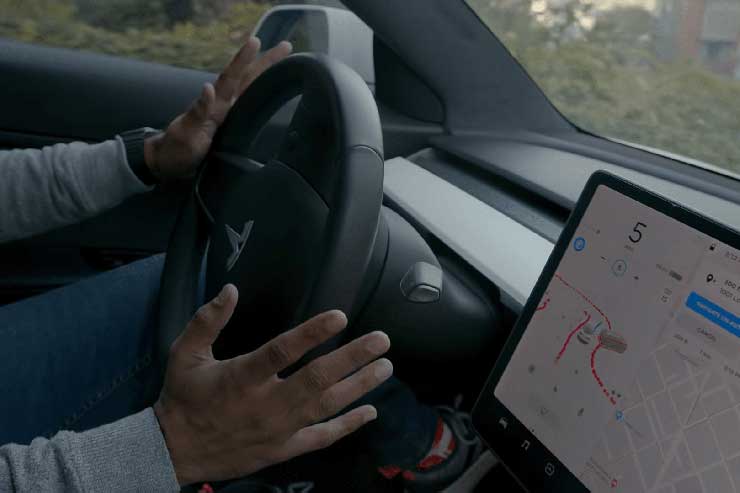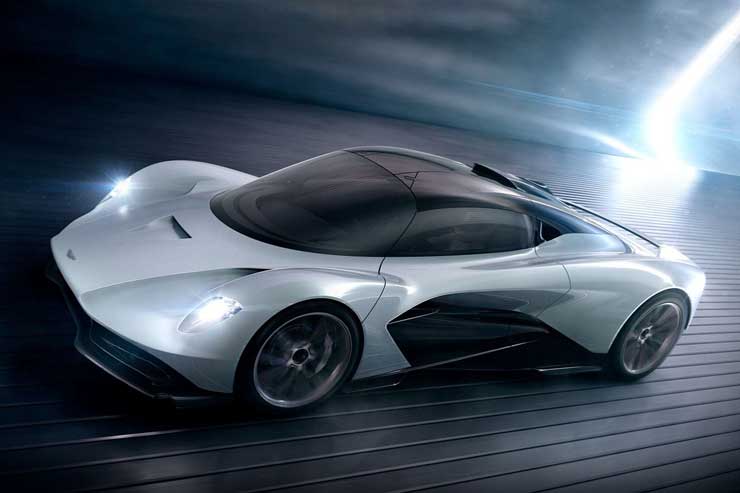Technology is advancing at a breakneck pace and while this is exciting for most, we do have a social responsibility to ensure that new developments do more good than harm. The automotive industry is one sector where change is happening rapidly, with future cars promising to be bigger, better and more beautiful than ever. And while in many cities owning a car is largely redundant as public transport is so reliable, there will still be times when you want the sense of freedom and control that owning your own vehicle brings. But, with global resources dwindling and many shoppers becoming more and more eco-conscious, will traditional automobiles as we know them, still have a place in society?
None of the carbon, all of the fun
Motor cars and powerplants have something in common in that they both rely on fossil fuels to generate electricity. But where many governments have taken a proactive approach to move towards more sustainable power generation methods for our homes, workplaces, and recreation, the automotive industry has been a little slow to make similar changes – until now. Naturally, nobody wants to drive a nuclear-powered car (at least we hope not), and solar or wind energy are not particularly reliable in smaller, mobile configurations.
We have had some success with storing kinetic energy through regenerative brakes, but generating electricity within our motor cars just doesn’t make sense. Thus, engineers have skipped over this step completely, instead relying on external electric power, which is stored in onboard batteries and directed towards the motors that move the axles. The success of this technology has been astounding, not just in improving fuel economy, and thereby reducing the environmental impact of our vehicles, but the same technique can also be used to improve performance on already athletic motors.
However, hybrid technology was just the beginning, and now, more and more automakers are laying out their business roadmaps and making promises that they are going to produce more fully electric cars. Tesla is an excellent example of this practice, showing that performance and efficiency don’t need to be mutually exclusive. Following suit, Lexus has announced that all of its future products will be electric vehicles (EVs). But it is not the only company to jump on the green bandwagon; BMW and Mercedes-Benz each have several models in the works set to challenge the market dominance of Tesla and Porsche.

Who’s driving you home tonight?
There is more to our daily drivers than just what goes under the hood. As engineers work to maximize mileage and minimize environmental impact, others are just as passionate about improving the safety and comfort of drivers and passengers alike.
Advanced driver-aids were seen as luxuries not too long ago, but now, every vehicle produced in the States needs to meet certain requirements, such as being equipped with a rearview camera. But most manufacturers go far beyond this, with features like blind-spot monitoring, rear cross-traffic alert, and lane keep assist coming standard on even the base model of many affordable nameplates.
However, automakers are always pushing the envelope, which is why we are seeing more new vehicles equipped with even fancier gadgets, like large infotainment screens, color head-up displays, and even autonomous driving systems. In most places, this is still a very novel technology that requires much caution and testing. But as time passes and we put more and more of our trust in the computers than seem to manage every aspect of our daily lives, it doesn’t seem so unlikely that we will soon allow them to plan our routes and even drive us around town. Luckily, the advances in driver-assistance features are just as helpful to an artificial driver as a real one, so the two seemingly disparate systems actually work hand in hand to deliver a remarkably safe driving experience – at least in theory.

Commercial applications
It is not just commuter vehicles that have begun adopting this revolutionary technology en masse, though. We certainly couldn’t simply replace the entire public transport system, but it is only natural that larger people haulers like buses and vans start moving in the direction of alternative fuels, too. Gasoline-powered buses are veritable factories of greenhouse gasses, but we overlook this because they do less harm than if each passenger were to drive their own car. But that does not mean there isn’t room for improvement.
Electric buses are perhaps even more novel than personal cars, and only a few cities around the world have made any real effort to add them to their existing fleets. Most of these are in China, believe it or not, with only a few to be seen on the roads in the USA. However, some states like California are taking the matter more seriously. By 2029, every new bus purchased by the Golden State will need to produce zero carbon emissions.
A similar approach is likely to be adopted by those in the cargo-hauling sector. There are already several automakers getting in on the ground floor of what is bound to be a lucrative business. Daimler has a model set to go into production in 2021, the Freightliner eCascadia, while the Phoenix-based Nikola Motor Company is almost ready to launch the Nikola One and Nikola Two. Of course, Tesla doesn’t plan to sit idly by and let others encroach on its territory. The Tesla Semi was originally set to debut in 2017, but several delays have plagued the project. Still, it will likely be the first electric freighter on our roads, with a late 2020 release planned.

What to look forward to
New cars are being released every day, with even more planned for the coming years. Naturally, not all the information has been released for the latter, but here is a short list of some of the most exciting upcoming cars:
- BMW X8
- Mercedes-Benz EQS, EQE, and EQC
- Mazda MX-30
- Aston Martin Valhalla
- GMC Hummer EV Pickup
Each of these vehicles will have at least a hybrid powertrain, like the Aston Martin’s twin-turbo V6 engine rumored to make around 1,000 horsepower, or a fully electric setup like the Merc EQC, which relies on a pair of motors to develop in excess of 400 hp and 560 lb-ft of torque. This means that they will possess much better mileage than their predecessors, but you can also expect a much higher starting MSRP than a gas-fed variant. The Mercedes is planned to go on sale for around $67,900, while the Aston Martin will set you back in the region of $1,3 million.


